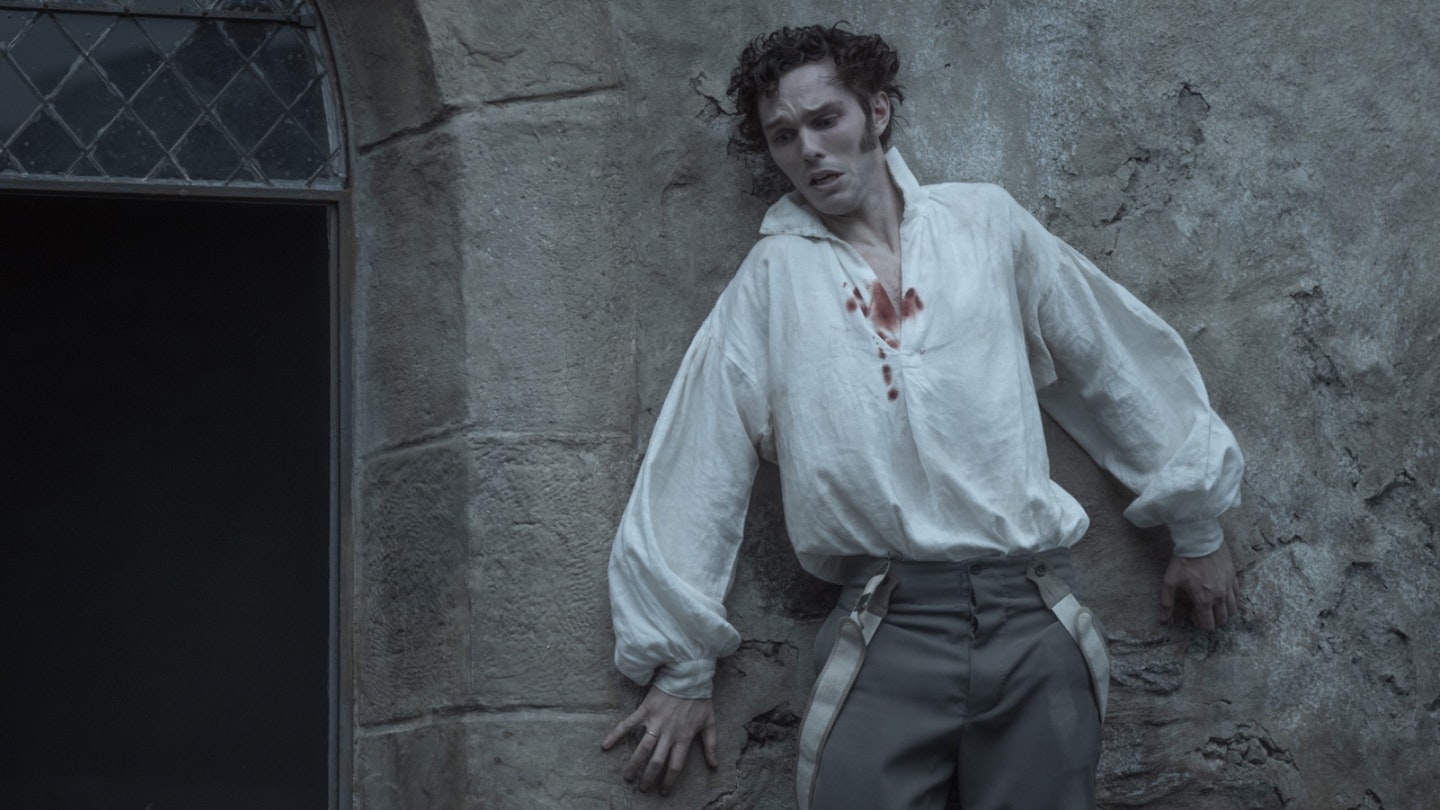“Come to me, hear my call,” murmurs Ellen Hutter (Lily-Rose Depp) in Robert Eggers’ full-blown Gothic melodrama Nosferatu. She’s speaking not to her husband Thomas (Nicholas Hoult), a young estate agent who’s journeying to the jagged, windswept Carpathians on business, but to his undead client Count Orlok (Bill Skarsgård), whose sulphurous powers have scrawled his signature upon her heart and soul as clearly as he scribbles his John Hancock on the property deeds for a new home in Wisborg, Northern Germany.

Come to me. Eggers is here obeying a similar call. Enraptured by F.W. Murnau’s 1922 masterpiece Nosferatu: A Symphony Of Horror since eyeing it, aged nine, on VHS, he mounted a stage play in high school and has been yearning to fashion a big-screen version since 2015. It is, you might say, the film he was born to (re)make, for the talon-prints of Murnau’s spectral frightshow are evident on Eggers’ first three period films, The Witch, The Lighthouse and The Northman. Okay, so the writer/director’s love of ornate, archaic language — again present in Nosferatu, which often plays as a verbose chamber piece in which characters speak RP, Hammer-Horror-style English — might not chime with a silent picture, but Murnau’s influence is present in Eggers’ world-building, his conjuring of tangible atmospheres and his keen sense of the uncanny. Here, it’s apparent not just in the largely faithful retelling of the story, which Murnau’s scribe, Henrik Galeen, cribbed from Bram Stoker’s Dracula, but in the creeping camera that captures haunting images so desaturated as to appear monochrome by moonlight.
Nosferatu’s key intention, it seems, is to rescue the vampire from its twinkly tween era and to return it to its folkloric roots
As you’d expect of a modern-day take (even one that retains the 1830s setting), the character of Ellen is brought to the foreground. Werner Herzog did the same for Lucy in his sorrowful 1979 version, Nosferatu The Vampyre, but Ellen’s granted more psychological depth. With hubby Thomas occupying the traditional ‘damsel-in-distress’ role, and fellow vampire-hunters Friedrich Harding (Aaron Taylor-Johnson) and Van Helsing-figure Professor Albin Eberhart Von Franz (a scene-stealing Willem Dafoe) proving ineffectual, it’s Ellen who must wrestle control. “Control” being the operative word: Orlok’s obsession is toxic, and while he might have crossed oceans of time to find Ellen, there’s little of the romance that existed between Gary Oldman’s Dracula and Winona Ryder’s Mina in Francis Ford Coppola’s 1992 movie, Bram Stoker’s Dracula.

Skarsgård excels in the title role. Seemingly the go-to guy for horror icons, having brought It as Pennywise the Dancing Clown, he’s here dropped weight and an octave in his vocal delivery. He is, in fact, unrecognisable — before you even consider a rather distracting moustache — and summons a force that is genuinely frightening. That you will believe this monster can ravage a city is some feat given his skeletal frame and bent gait that nod to, but wisely never copy, Max Schreck’s indelible appearance in the Murnau movie. (Similarly, Eggers and regular cinematographer Jarin Blaschke consistently perform shadow plays on the walls of the exemplary sets while never directly mimicking the iconic shots of the OG movie.) Nosferatu’s key intention, it seems, is to rescue the vampire from its twinkly tween era and to return it to its folkloric roots, when mouldering corpses were exhumed and torched to divest them of power. Boy, does it succeed.
Whether it continues the horror genre’s current boom at the box office is another matter. “Merchant Ivory does Hammer Horror” was Eggers’ pitch, and Nosferatu’s careful pacing, dialogue-heavy interior scenes and elegant visuals inspired by Romantic paintings and the work of Freddie Francis (The Innocents, Dracula Has Risen From The Grave) might hold some at a distance even as it pulls in others. There’s also no getting around this story having been done to death, meaning there’s an element of ‘now it’s the bit at the castle’, ‘now it’s the bit on the boat’... But who else working today could deliver each scene with such conviction?
Like Murnau, Eggers has made a timely film about the spread of corruption and decay, and there’s an eerie peculiarity to both of these plague-infested movies arriving soon after a pandemic (Spanish flu, Covid). Will this Nosferatu also mirror the first by surviving for decades to come? Time will tell but, right now, you’d do well to invite it in. Come to me…








